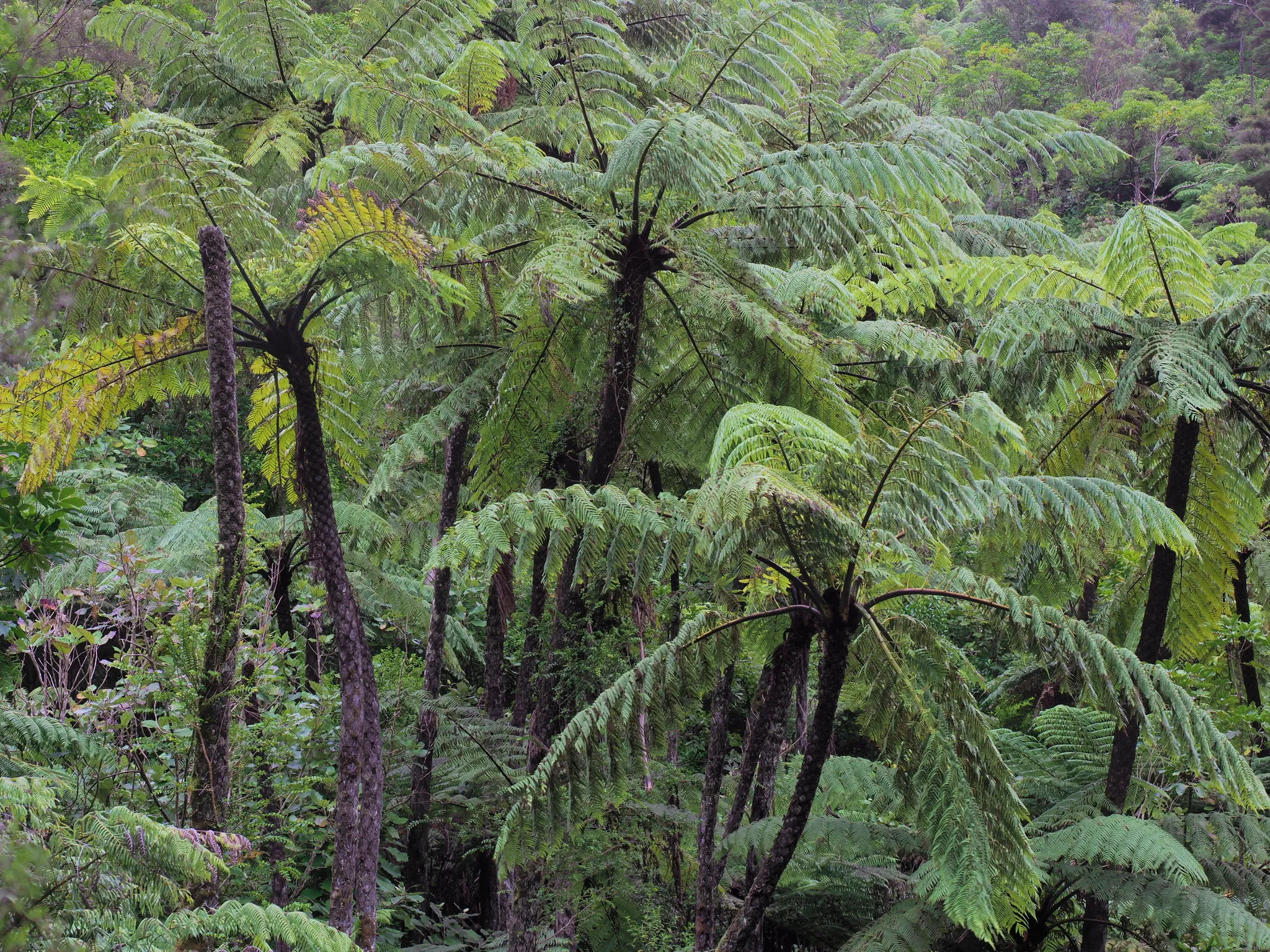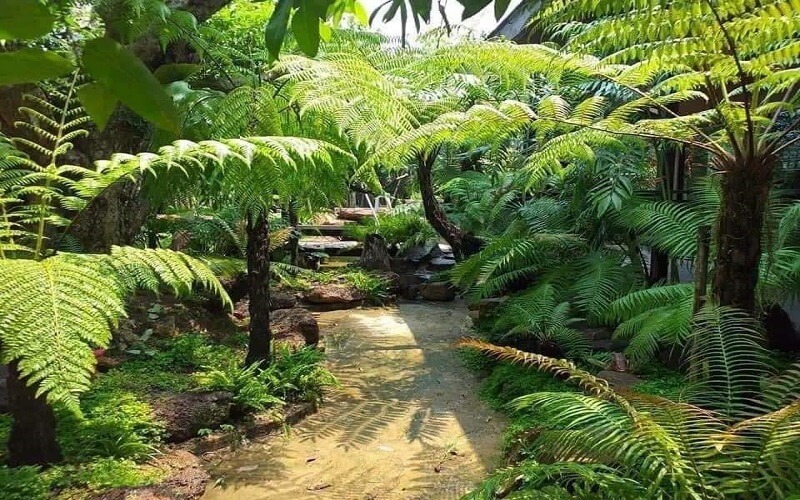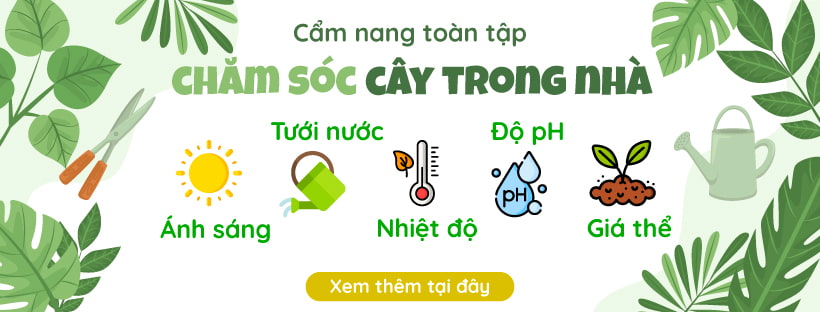Ancient Fern (Cyathea Contaminans)
| Surname | Polypodiaceae |
|---|---|
| Leaf color | xanh lá |
| Leaf size | vừa-lớn |
| Tăng trưởng | nhanh |
| Breeding | spores, Spores develop in the branching lobes of the antennae |
| Diseases & Pests | spiders, aphids, root rot, leaf rot |
A large woody fern with a slender, glabrous stem, up to 20 m tall, and an upright crown of large but sparsely distributed leaves on lightly spiny petioles, purplish-brown or pale green in colour, covered with pale scales when young.
It prefers open areas in the rainforest such as stream banks or clearings and is found from lowlands to altitudes of 1600m. It is widely distributed from India to the Philippines and New Guinea.
The ancient fern has the scientific name Cyathea Contaminans, also known as Blue Tree Fern.
Note: The above information is only relative, the living conditions of the tree also depend a lot on other objective factors.
How to Grow and Care for Ancient Fern (Cyathea Contaminans)
Light
![]()
Ferns prefer bright indirect light, some species can tolerate direct light but not too much during the day.
Temperature
![]()
Water
![]()
Water a lot, but keep it airy. Avoid water stagnation which will cause root rot.
Humidity
![]()
The best humidity for ferns is above 70%.
pH
![]()
Ferns have an ideal pH range of 5.0 - 7.0 pH.
Potting Soil for Ancient Fern (Cyathea Contaminans)
Ferns are a type of plant that likes soil with a lot of humus, or soil of plant origin such as sawdust, rice husks, coconut fiber.
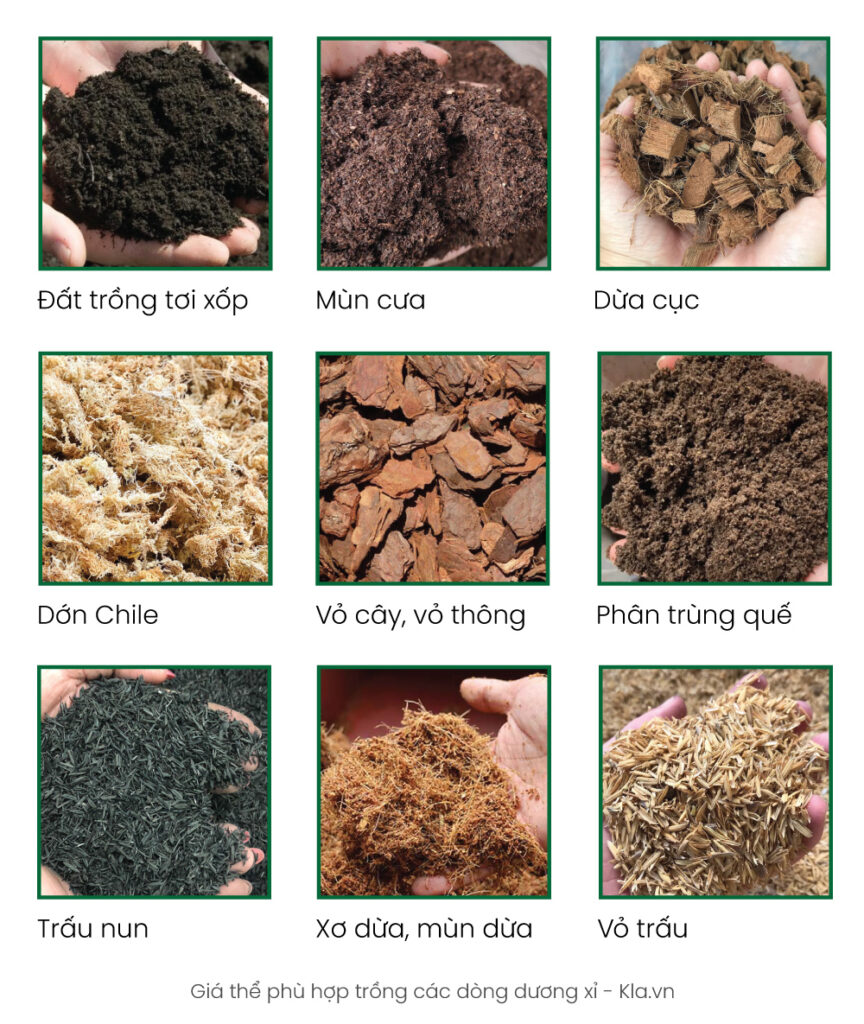
Image of mature Cyathea Contaminans
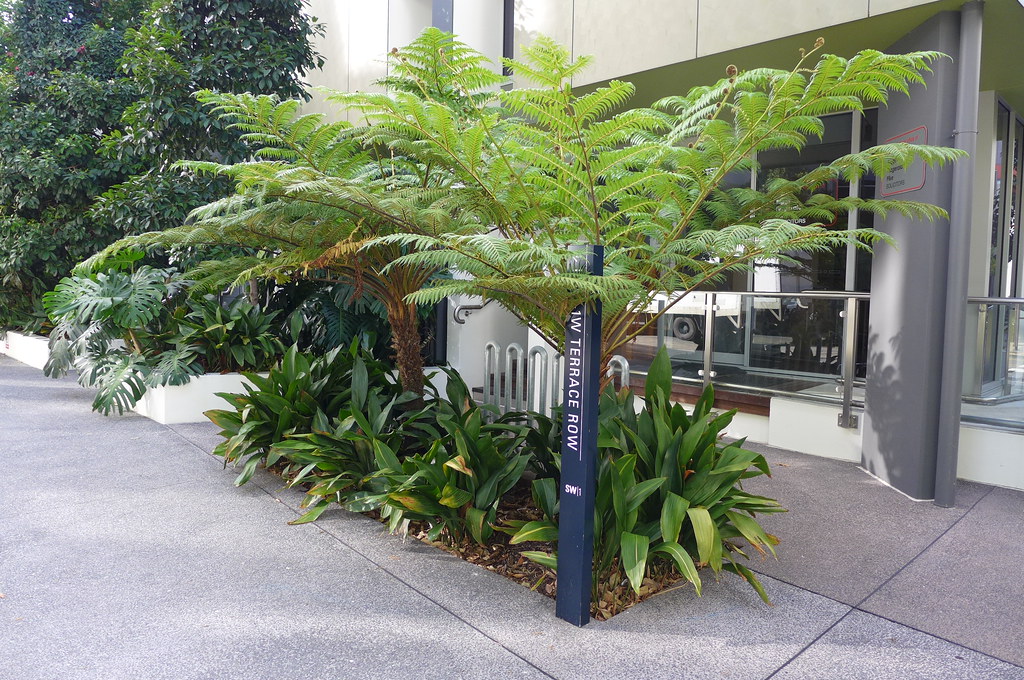
Indoor Plant Care Guide
The most important and basic knowledge about growing plants indoors:





